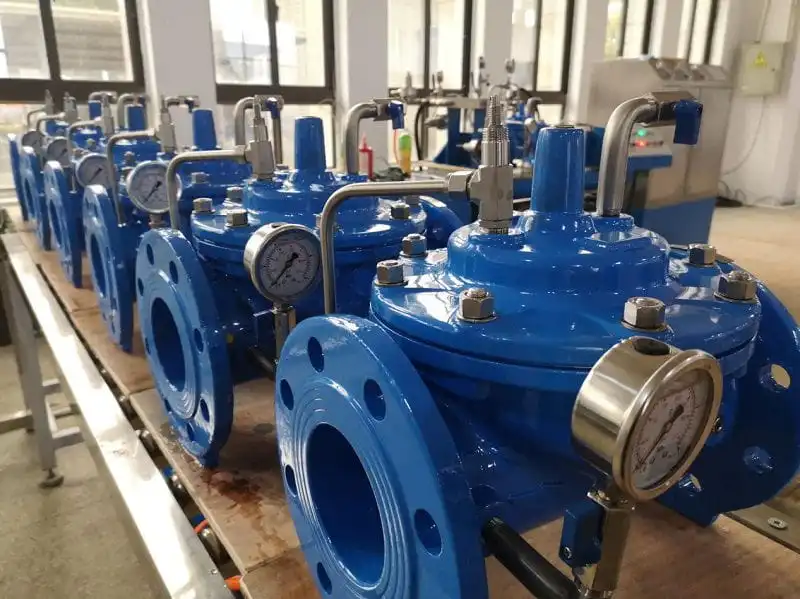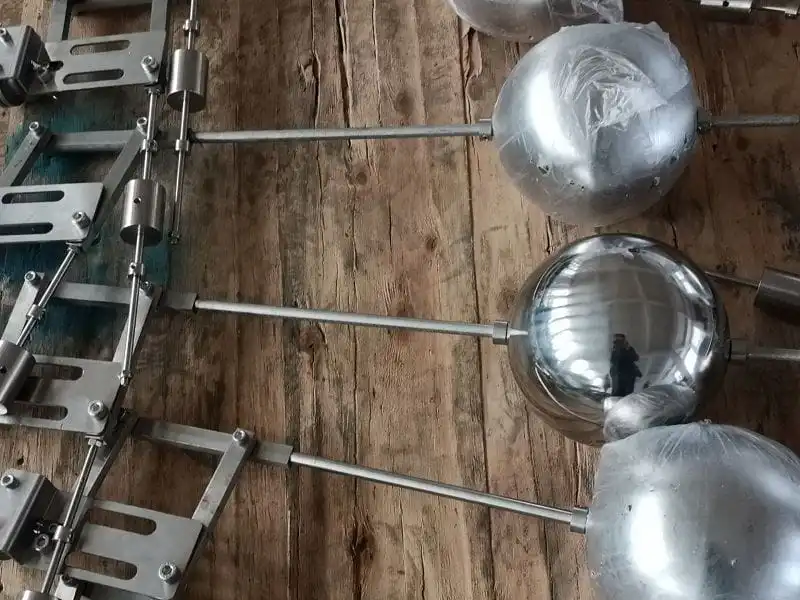How does a Float Valve work?
Float Valves modulate to maintain a constant liquid level in a storage tank by compensating for variations in supply or demand. The float ( a stainless steel ball) always floats on the water, when the water rises, the float also rises, and the connecting lever goes up with the float. The connecting lever is connected to a valve at the other end, and when raised to a certain position, the rod supports a rubber piston pad to seal off the water supply. When the water level drops, the float also drops, and the connecting lever drives the piston pad to open.
The float valve is regulating the liquid supply by controlling the liquid level. They can be installed to control the flow into or out of the tank by either closing on a rising level or opening on a rising level. These valves are hydraulically operated, pilot controlled diaphragm valves.




